Description
URIAH HEEP’s legendary first visit to Japan in 1973. Introducing the best multi-camera pro shot depicting that stage. This work was filmed at the “March 16, 1973: Nippon Budokan” performance. This show was broadcast on TV at the time and reigned as one of the professional shots representing the 70s. Various existing works have produced semi-official works. This work is a DVD containing the highest version of such Budokan pro shots. First, let’s review the show’s position from the memorable first visit to Japan. ・March 16th: Nippon Budokan [This work] ・March 17th: Nagoya City Public Hall ・March 19th: Nagoya City Public Hall ・March 20th: Osaka Welfare Pension Hall ・March 21st: Osaka Welfare Pension Hall That’s all 5 performances. Famous venues representing Tokyo, Nagoya, and Osaka are lined up side by side, and it is almost the same size as DEEP PURPLE’s return to Japan, which had already determined Japan’s popularity. Furthermore, in March 1973, YES also visited Japan for the first time, but they were unable to step on the Nippon Budokan stage. This is a schedule that clearly shows that HEEP at the time was extremely popular as one of the three hard rock families along with ZEP and DP. Among them, Nippon Budokan is the best. It was a sudden highlight performance. Although it is such a Budokan pro shot, there are two types that are broadcast differently in this work. Let’s introduce each one individually. [BROADCAST #1: Full-color superb version] First up is the completely official color version. Anyway, the visual beauty is overwhelming, and the image quality is reminiscent of the film of the time, but the freshness is perfect. There is no visible deterioration at all, and the gorgeous visual beauty remains unwavering from beginning to end. The audio is also a perfect soundboard. However, it is unfortunately short with only 3 songs. There are only “Look At Yourself”, “Sunrise” and “July Morning”, and “July Morning” is an edit in which footage of overseas performances is also inserted. However, although it is short, its appearance is historic. Best of all, it’s color. A simple light blue curtain with an old-fashioned band logo in red. Gary Sane in a costume reminiscent of Jimmy Page and David Byron in salmon pink from head to toe are both stunningly beautiful. Unfortunately, during HEEP’s first visit to Japan, the monitor was disastrous due to clumsiness on the Japanese side. It is said that it was a very disappointing stage performance, as they could not hear each other’s voices or perform, and could not keep up with the chorus (they were said to have been furious even after returning to England). However, even in these difficult times, the way they weave new-age hard rock is extremely charismatic and even gives off an aura. The era of the 1970s itself was transformed into five people. [BROADCAST #2: Monochrome long version] The second master is even more amazing. This is the long Japanese broadcast version at the time. Although it is monochrome and the master has deteriorated, it can be witnessed for about 38 minutes, and you can enjoy the same three songs from BROADCAST #1, as well as “Traveler In Time”, “Tears In My Eyes”, and “Rock & Roll Medley”. (By the way, the full set at that time also included “Sweet Lorraine,” “Easy Livin’,” “Gypsy,” “Circle Of Hands,” “The Magician’s Birthday,” and “Love.” “Machine” was also played. It’s full of great songs that I wish had been kept more than “Rock & Roll Medley”…It’s a shame! The length alone is amazing, but even more so is the sense of time that Japan in 1973 is experiencing. Only in Japan Broadcasting, there is a Japanese narration at the beginning, but this is overwhelming. In the tone of a newscaster reading out a manuscript, he conveys the excitement of youth culture. Let’s write it down a bit. “On March 13, 1973, Uriah Heep’s group arrived at Haneda and performed at the Nippon Budokan in Tokyo on the 16th. A record 15,000 people (original mother) attended since the beginning of a rock concert. At the Budokan, where a large crowd gathered, the enthusiasm and excitement of young people waiting for Uriah Heep’s appearance swirled. Uriah overwhelmed the audience with his violent volume and hard action.To commemorate the 50,000-sold release of their representative album “Taijikoku”, members of Uriah Heep from Columbia Japan. A gold disc was also awarded for the bronze record. your big excite music, URIAH HEEP!!” Nippon Budokan’s maximum capacity is 14,471 people, and it will be much smaller for concerts that require a stage and equipment. No matter how you look at it, I think it would be difficult to reach 15,000 people, but I have to say it. Speaking of HEEP, they have been known for their fantastic rock that embodies the middle ground between hard rock and progressive rock, and he introduces them as “violent volume and hard action.” Truly unique to 1973. And the narration is unique to Japan at the time. More fantastic than DEEP PURPLE, wilder than YES. This is a video work that allows you to witness URIAH HEEP’s first visit to Japan, who brought such British rock to Japan. People who saw both their first visit to Japan and their overseas performances said, “It was hard to believe that they were HEEP when they performed in Japan,” but the image shown in this film is so charismatic that you can’t believe it. It’s a tick. If they had shown their true potential in Japan, and if the Japanese side had done a professional job, they might still be filling the Nippon Budokan as pioneers of fantasy British HR that preceded RAINBOW. The first visit to Japan of URIAH HEEP from the Golden Age, who is legendary in many ways. Live at Budokan, Tokyo, Japan 16th March 1973 PRO-SHOT(61:19) Broadcast #1 1. Intro 2. Look At Yourself 3. Sunrise 4. July Morning Broadcast #2(Japanese Broadcast) 5. Intro 6. Look at yourself 7. Sunrise 8. Traveler In Time 9. Tears In My Eyes 10. July Morning 11. Rock & Roll Medley David Byron – Vocals Mick Box – Guitars Ken Hensley – Keyboards Gary Thain – Bass Lee Kerslake – Drums Color / B&W NTSC Approx.61min.
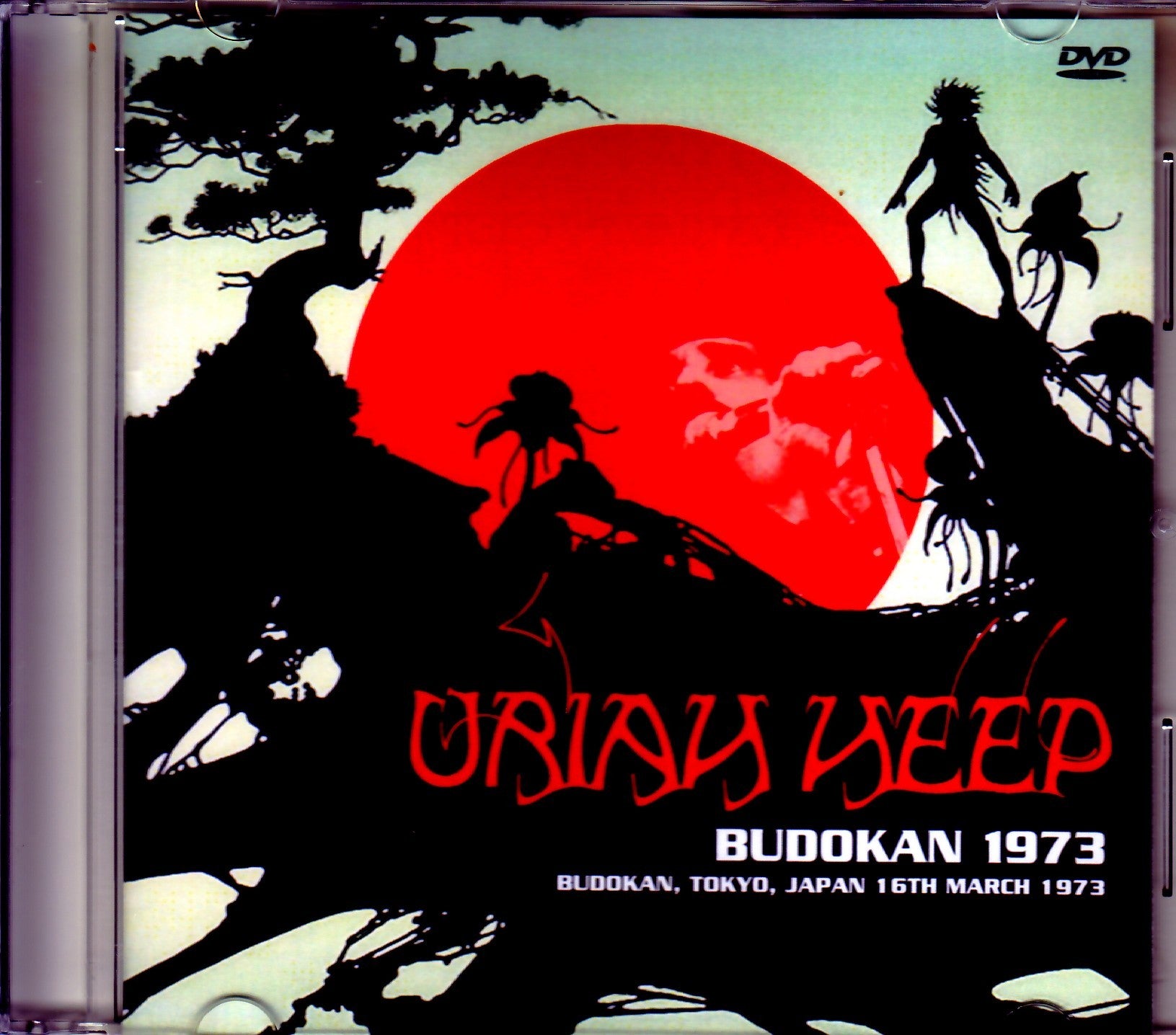
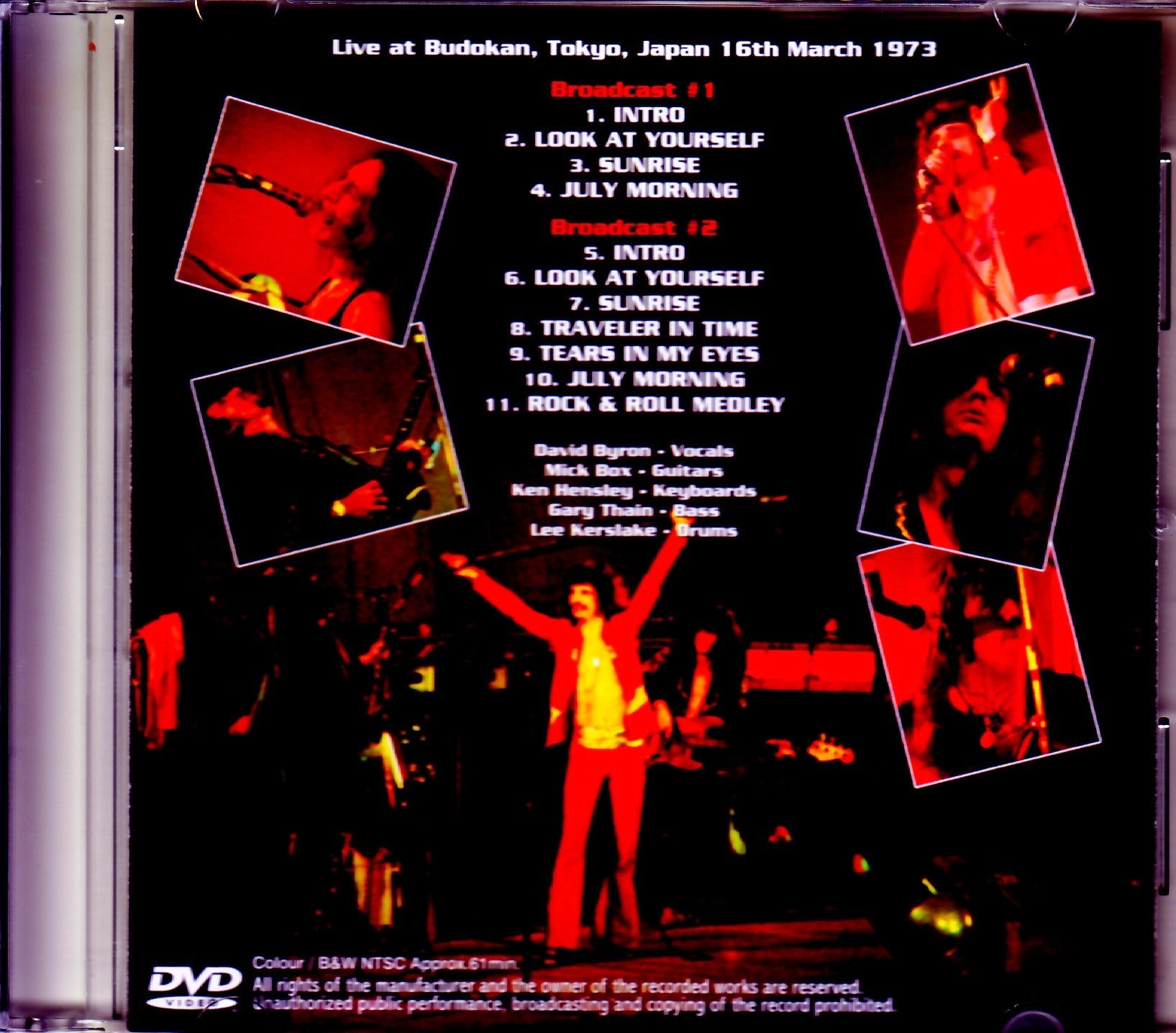

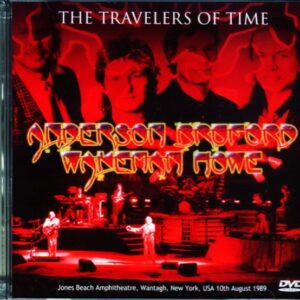
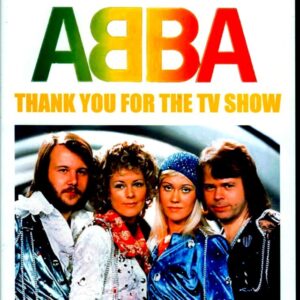
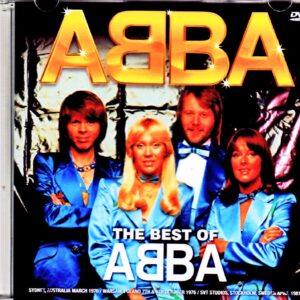
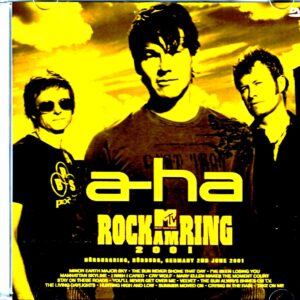
Reviews
There are no reviews yet.